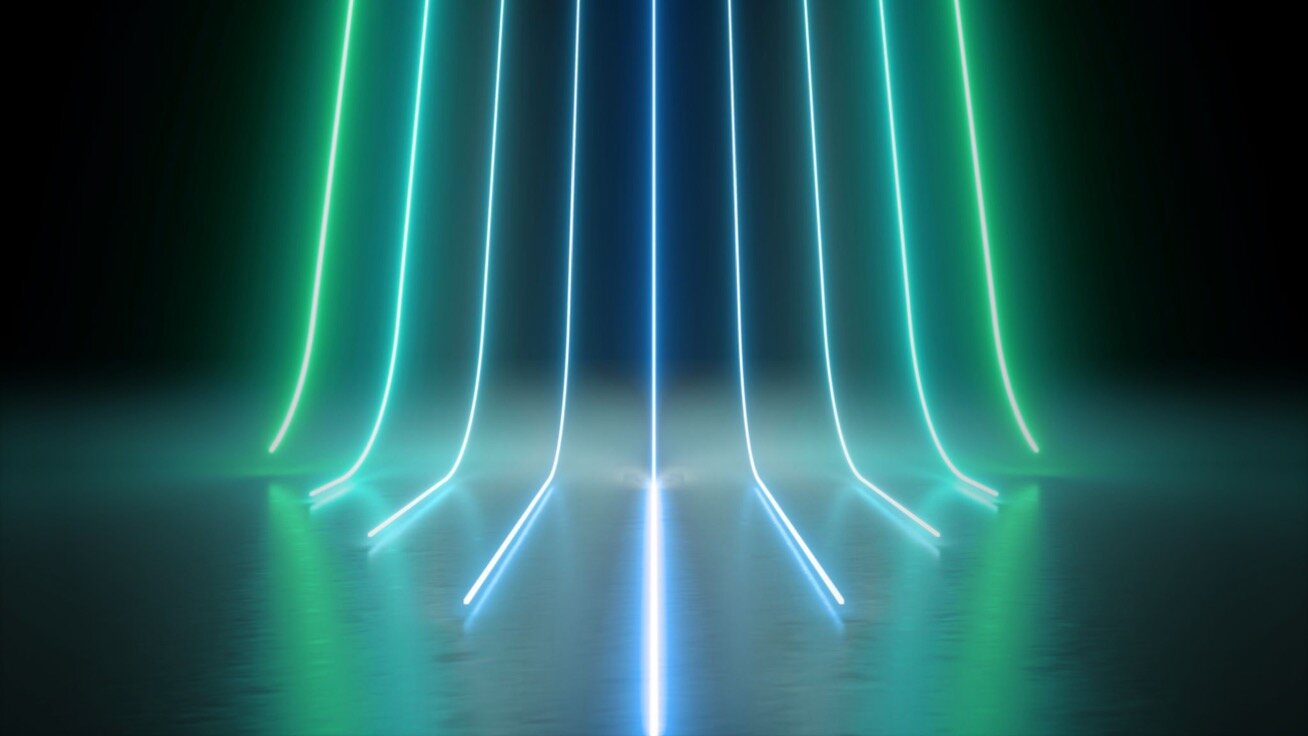All ISO/RTOs have submitted their Order 2222 compliance proposals to FERC. What’s in the proposals and what happens next?
Big, complex FERC Orders can take years to implement. FERC Order 745, which required demand response (DR) to be paid like generators, was issued in 2011 only to be overturned in 2014 and finally reinstated by the Supreme Court in 2016. Will Order 2222 go through a similar complex journey? Before we tackle that question, let’s review why we need Order 2222, which allows distributed energy resources (DER) to participate in markets.
Why do we need Order 2222?
The industry already has demand response, so why does it need this new Order? At a high level, Order 745 is limited to reducing load and Order 2222 includes the both the ability to reduce load and inject energy beyond the meter onto the distribution grid.
What are the problems that Order 2222 is trying to solve? The first is reliability. DER are, generally speaking, invisible to grid operators. It’s not a problem when the amount of DER on the grid is less than a rounding error for the ISO/RTO, but as more homes and businesses choose to install these assets it becomes more difficult for the grid operator to do their job if they can’t see how these assets are changing load or the amount of electricity generated. However, it isn’t a given that the new rules proposed by the ISO/RTOs will encourage this visibility. It is still up to the DER to choose to participate, and there must be value to offset the cost. The second is cost. If homes and business are already installing these assets, doesn’t it make sense to try to access this energy if it can be done cost effectively? If a homeowner installs solar + storage because they want to ensure they have power in the case of a grid outage, does it make sense to allow that generation to become a grid asset during times of peak load instead of building a new peaker plant? The conclusion of Order 2222 was yes. However, the complexity lies in developing new rules to ensure these assets aren’t paid twice for the same service.
Where do we stand when it comes to implementation of Order 2222?
The Order was issued in September 2020. As of April 28, 2022, all the ISO/RTOs have submitted their compliance filing to FERC. CAISO and NYISO submitted early since they didn’t hold stakeholder sessions. PJM and ISO-NE submitted in early 2022, MISO and SPP submitted recently.
What’s Next?
It’s possible that FERC will hold a technical conference to discuss some of the trickier elements of the Order before they start issuing deficiency letters or decisions, that hasn’t been decided yet. Regardless, except for CAISO and NYISO, which were already well down the path of implementing portions of Order 2222, the Order won’t be implemented until 2024+. It is possible the states, utilities, or other parties will contest elements of Order 2222 relating to opt in/opt out and injection, but they will need to pick different arguments than those used in contesting Order 745.
One-Page Synopsis
Source: Voltus, Inc. protest filing submitted in response to ISO-NE’s Order 2222 compliance proposal


